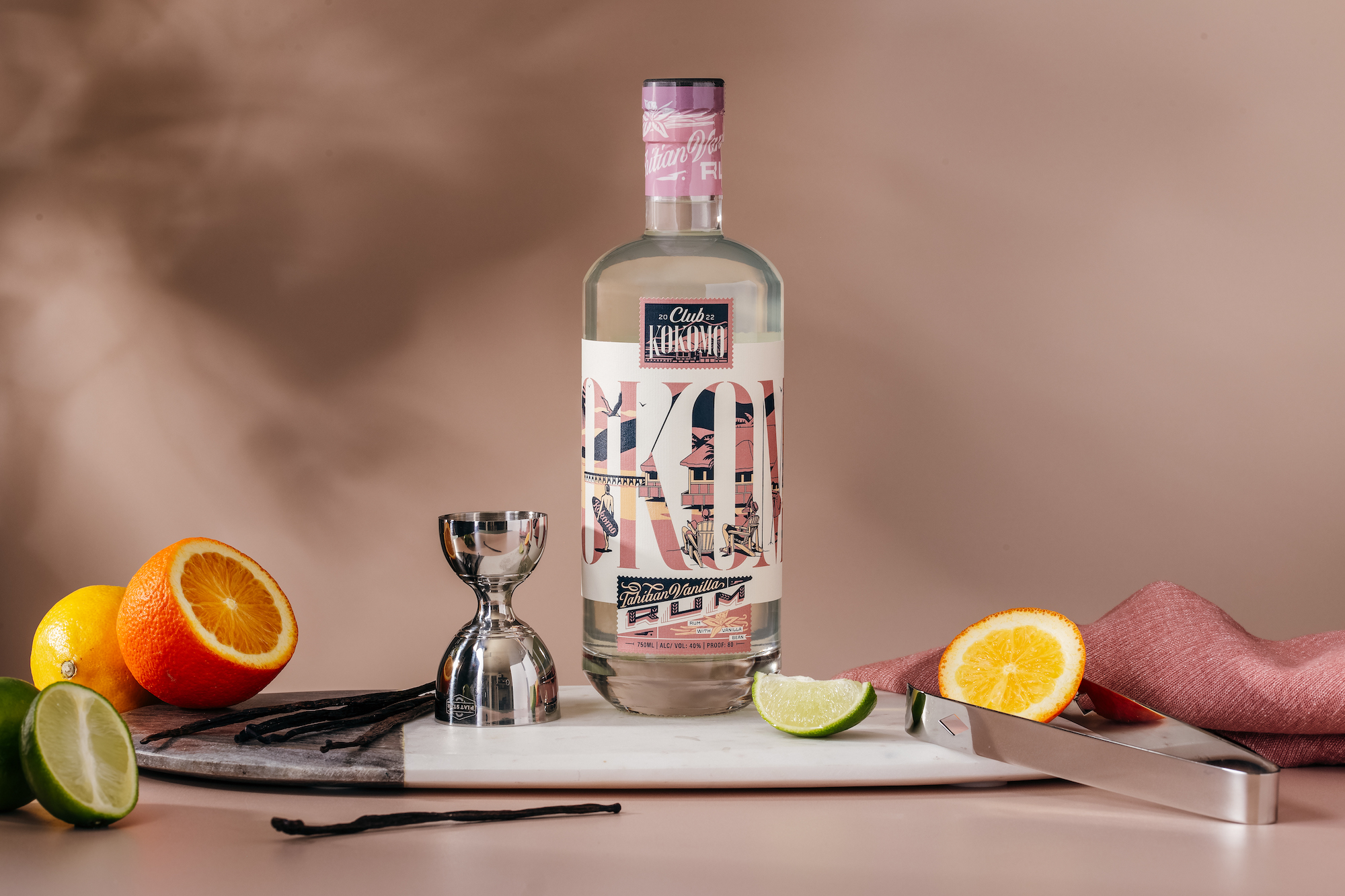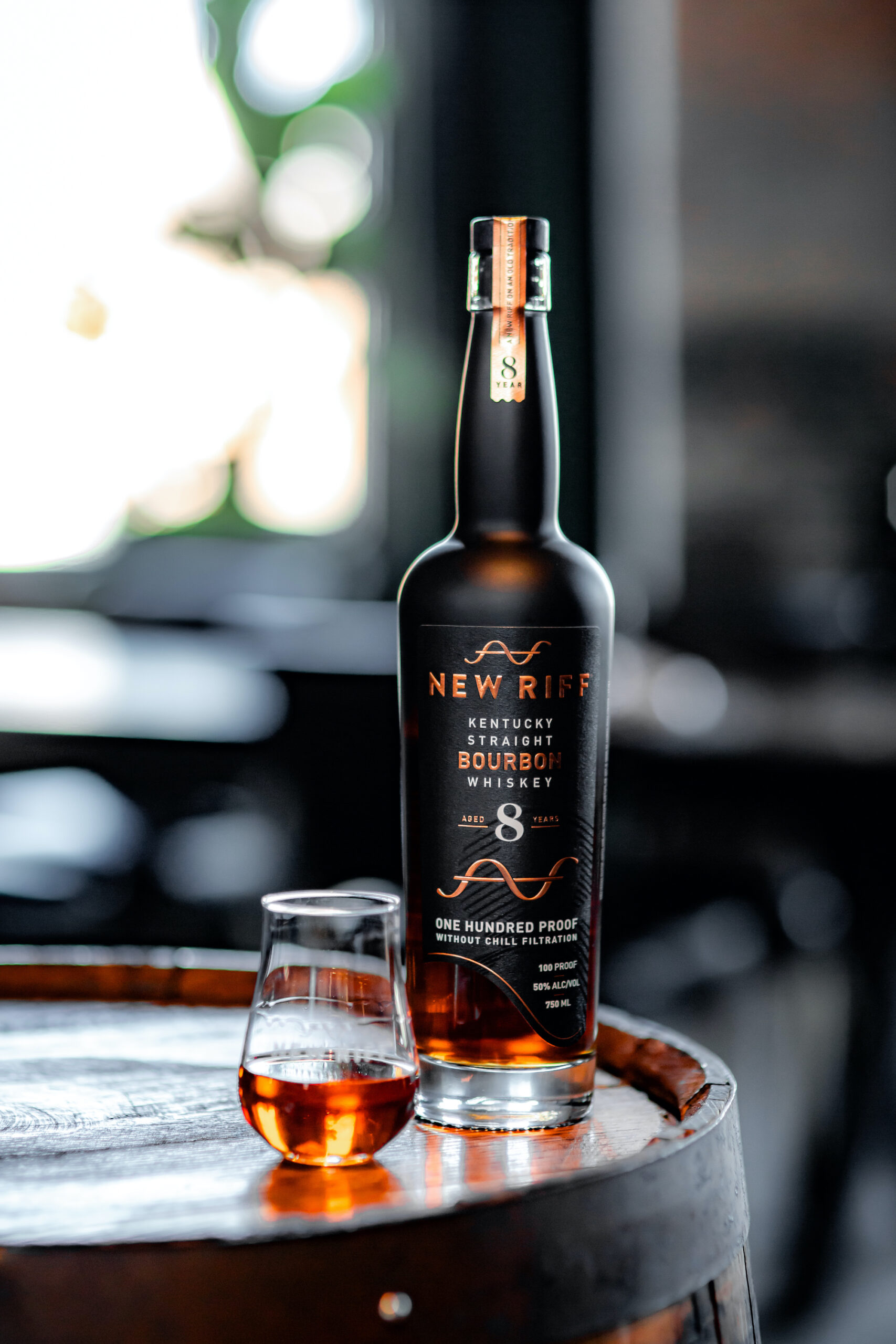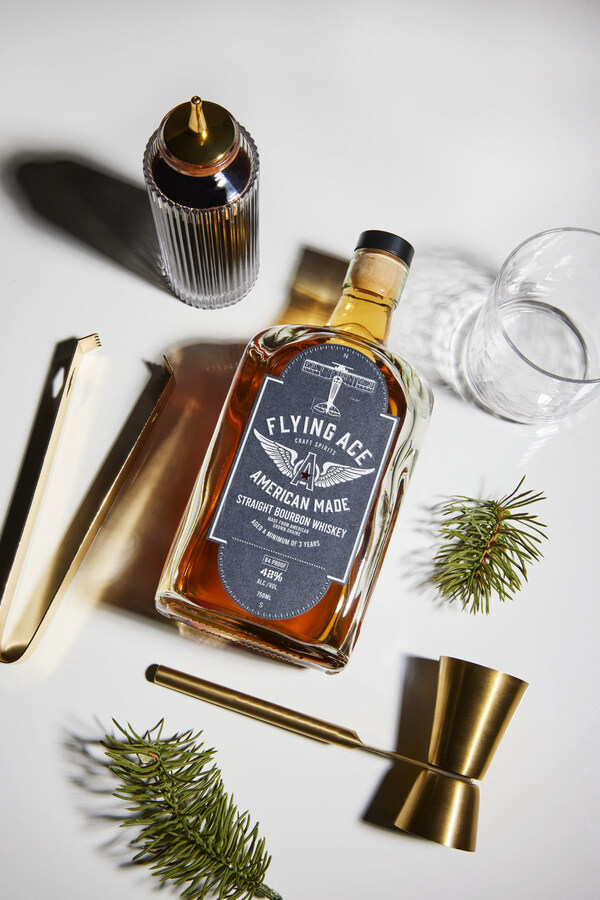BORDEAUX, FRANCE (PRWEB) – Bordeaux’s producers are promoting “unexpected” wine styles outside of their renowned red blends to meet continued consumer and trade interest. The region’s versatile range of dry white wines has seen ongoing success as the U.S. has remained the number one export destination for Bordeaux white wines since 2021.
![]()
Bordeaux offers a range of white wines from 12 primary appellations, including Bordeaux Blanc, Entre-deux-Mers, Graves, Pessac-Léognan and Blaye Côtes de Bordeaux, which represent the top five AOCs by volume. The 12 AOCs are planted on a wide variety of Bordeaux soils, spanning an exceptional range of styles and choice. An estimated 1,800 producers across 23,200 acres of vineyard continue the tradition of producing white wines in Bordeaux, including many small properties (11.6 acres on average) with expertise that has been passed on over several generations. Bordeaux’s 2022 white wine production reached 3.7 million nine-liter cases.
The Bordeaux white wine scene has seen a number of new and exciting innovations. In recent years, a growing generation of younger winemakers has worked to both perpetuate and reinvent dry white Bordeaux styles. Some nascent trends include the emergence of unusual single varietals — such as 100% Sémillon or Sauvignon wines — and the increasing popularity of the secondary grape Sauvignon Gris, whose plantings have expanded from seven acres in the year 2000 to 1,235 acres today. To face climate change, producers have explored two emerging white grape varieties, Alvarinho and Liliorila, classified as Vitis vinifera varietals, or grape varieties of interest for adaptation to climate change (VIFA). These grapes’ ability to resist water stress and disease, their late ripening potential, and their aromatic similarity to existing Bordeaux profiles make them strong contenders for blending in Bordeaux’s future white wines. Producers have been permitted to blend Alvarinho and Liliorila on an experimental basis for the next 10 years.
Other distinguished Bordeaux regions — such as Médoc, famous for red blends, and Sauternes, known for its sweet wines — have also increased their production of dry white wine styles within the Bordeaux Blanc AOC. While both regions have a long history of making dry white wines, the two are exploring further with white wine production. Now, about 50 Médoc properties produce balanced, modern and elegant white wines, while Sauternes has used their Sémillon and Sauvignon Blanc plantings to expand their non-sweet alternatives.
The top white grape varieties produced in Bordeaux are Sauvignon Blanc (45%), Sémillon (44%), Muscadelle (5%), and Sauvignon Gris (4%), with other rarer secondary varieties like Colombard and Ugni Blanc making up the remaining 2%. Sauvignon Blanc, now one of the world’s most popular white grape varieties, likely originated in Bordeaux, which accounts for its continued prominence in the region with producers and consumers. Bordeaux’s diverse white terroir supports a variety of styles that, like its red wines, lends itself well to signature blends. Benefiting from strong western winds and the influence of the Atlantic Ocean, the region’s dry white wine styles largely fall into two distinct categories: “lively and fruity” (i.e., from the Entre-Deux-Mers, Bordeaux and Blaye Côtes de Bordeaux AOCs), and “structured and generous” (i.e., from the Graves and Pessac-Léognan AOCs).
A global leader in winemaking sustainability practices, Bordeaux has risen further to prominence in the white wine category as consumers continue to seek organic and environmentally friendly wine options. 75% of the Bordeaux vineyard area is covered by a certified environmental approach, and among the region’s dry white wines, many are certified as Organic, High Environmental Value (HVE), Demeter (biodynamic), or Terra Vitis.
ABOUT Bordeaux Wine Council (C.I.V.B.)
Bordeaux Wine Council (C.I.V.B.) was created in 1948. It unites representatives from the two families in the Bordeaux wine industry: winegrowers and merchants.
The C.I.V.B.’s 4 missions:
- Marketing mission: Stimulate demand for Bordeaux wines, recruit new, younger consumers and ensure their loyalty to the brand. Provide education for the trade and strengthen relationships.
- Technical mission: Build knowledge, protect the quality of Bordeaux wines and anticipate new requirements related to environmental, CSR and food safety regulations.
- Economic mission: Provide intelligence on production, the market, the environment, sales and prospective data for Bordeaux wines around the world.
- The industry’s general interests: Protect the terroirs, fight counterfeiting, develop wine tourism.









